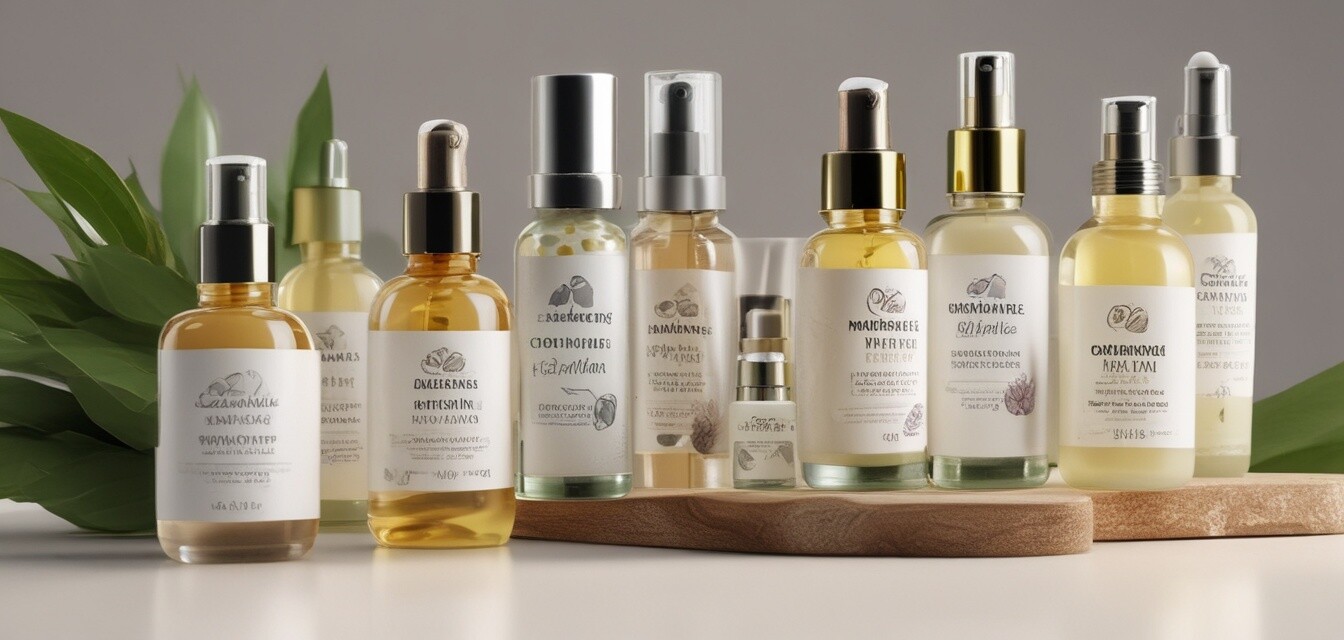
How to Layer Moisturizers and Serums for Best Results
Key Takeaways
- Understanding your skin type is crucial for effective layering.
- Apply lighter products first and heavier products last.
- Give each layer time to absorb for optimal benefits.
- Know which ingredients work best when combined.
- Tailor your routine based on morning and nighttime needs.
Layering moisturizers and serums properly ensures that each product can penetrate your skin effectively, leading to enhanced skincare benefits. In this definitive guide, we will explore the best practices for layering these products to achieve glowing, healthy skin.
Understanding Your Skin Type
Before diving into the layering technique, it's essential to know your skin type. This will help you choose the right products for your routine. Here's a basic overview:
| Skin Type | Characteristics | Recommended Products |
|---|---|---|
| Oily | Shiny, large pores, prone to breakouts | Oil-free moisturizers, lightweight serums |
| Dry | Dull, flakey, tight feeling | Creamy moisturizers, hydrating serums |
| Combination | Oily in some areas, dry in others | Balance with gel-based moisturizers |
| Sensitive | Redness, irritation, dryness | Hypoallergenic moisturizers, calming serums |
Steps to Layer Moisturizers and Serums
1. Start with a Clean Canvas
Always begin your routine with clean skin. Use a gentle cleanser suitable for your skin type to remove dirt and impurities.
2. Apply Toner (Optional)
If you use a toner, apply it after cleansing. This can help to balance the skin's pH and prepare it for better absorption of subsequent products.
3. Layering Order
The basic rule of thumb is to apply products from the thinnest to the thickest consistency. Follow this order:
- Serum
- Moisturizer
This method allows the serum to penetrate deeper before sealing it in with a moisturizing layer.
4. Give Each Layer Time to Absorb
After applying each layer, wait a few minutes to let the product soak into your skin. This will maximize the effectiveness of your skincare routine.
5. Special Ingredients to Consider
Some ingredients work better together than others. Here are a few pairings to consider:
| Ingredient 1 | Ingredient 2 | Compatibility |
|---|---|---|
| Hyaluronic Acid | Vitamin C | Great for hydration and brightening |
| Niacinamide | Retinol | Can help reduce irritation |
| Peptides | Moisturizers | Supports skin barrier and firmness |
Common Mistakes to Avoid
- Using too many products at once.
- Not allowing time for absorption.
- Choosing products not suited for your skin type.
- Forgetting to adjust your routine with seasons.
Tips for Overall Skincare Success
- Patch test new products to check for reactions.
- Keep your skincare routine simple focused on what works best for your skin.
- Stay hydrated and maintain a balanced diet for optimal skin health.
- Explore more about establishing your skincare routine.
Pros
- Improved product absorption.
- Enhanced hydration and glowing skin.
- Allows tailoring to specific skin concerns.
Cons
- Can be time-consuming.
- Requires experimentation to find the right combination.
- Over-layering can lead to clogged pores.
Final Thoughts
Mastering the art of layering moisturizers and serums can dramatically impact your skincare results. Remember to assess your skin's needs regularly and adjust your routine accordingly. Discover more about moisturizers and serums to enhance your beauty routine.
Further Reading
For more tips on creating an effective skincare regimen, be sure to check out our articles on organic skincare buying guides and the latest trends in organic skincare.


